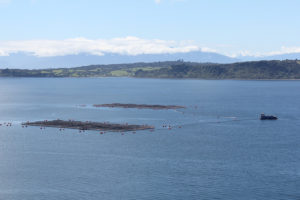
Global finfish production review and forecast: Nearly doubled in a decade
Farmed finfish production has more than doubled since 2005 to an expected 38 million metric tons in 2018; 2019 production is expected to remain at 38 million metric tons.
Surveys shared at the Atlantic Canada Fish Farmer Association’s 2018 Aquaculture Forum show that consumers aren’t completely swayed by negative media.

Farmed finfish production has more than doubled since 2005 to an expected 38 million metric tons in 2018; 2019 production is expected to remain at 38 million metric tons.
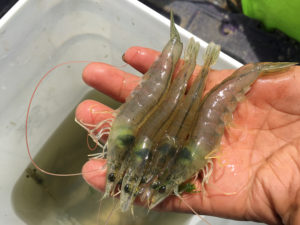
According to the GOAL 2018 global farmed shrimp production survey, output should increase at a 5.7 percent compound annual growth rate from 2017 to 2020.
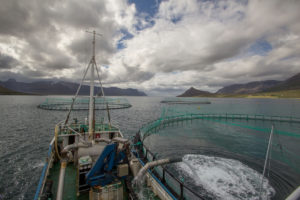
Prioritizing quality and provenance over volume, Nordic nations Iceland and the Faroe Islands are plowing a rich furrow in the farmed salmon sector.
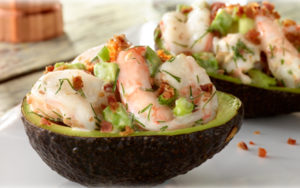
Producers of high-quality, sustainable shrimp have a great story to tell. They just need to come together and shout it out like avocado producers did.
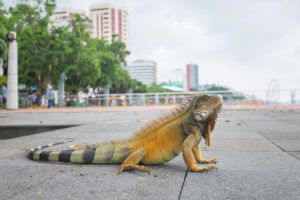
From GOAL 2018: A global effort to share timely and accurate production data is what the aquaculture industry needs to thrive in today’s ever-changing marketplace.
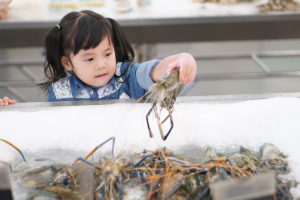
Seafood has many health benefits for the young and the not-so young alike. Educating the next generation of consumers – as children – and their parents about healthier lifestyle decisions must be a priority for everyone in the seafood business.
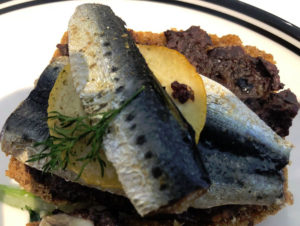
A significant body of research has demonstrated that regular and increased consumption of essential omega-3 fatty acids can reduce the risk of developing macular disease, providing us with an opportunity to help protect our eyes through proper nutrition and diet.
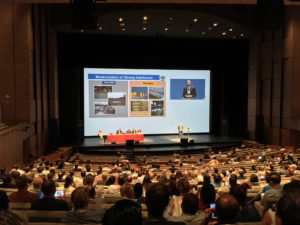
AQUA 2018 brought together more than 3,000 aquaculture stakeholders from around the world, including keynote speakers Árni M. Mathiesen, Robins McIntosh and Øyvind Oaland.
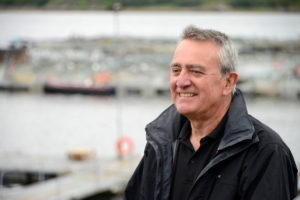
As Steve Bracken retires after more than four decades of fish farming, he reflects on his career producing Scottish salmon and shares his well-earned perspectives on aquaculture’s past and future.
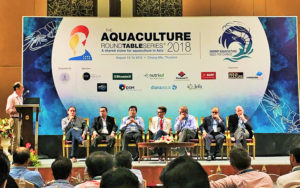
The theme of the Aquaculture Roundtable Series in Chiang Mai was “Need For Change.” That means innovations in all production phases of Thai shrimp.
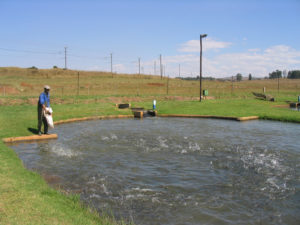
Open access publishing is a benefit to aquaculture (and all) science, but some scientific information may not necessarily be correct or factual. Awareness is key to identifying and avoiding predatory journals.
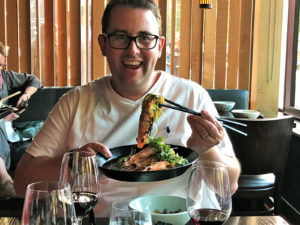
A report on food safety issues in New Zealand and Australia discusses enhancements in food safety practices to prevent foodborne diseases.
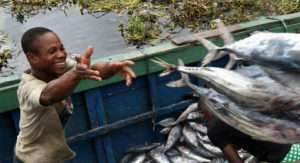
The most recent biennial report from the Food and Agriculture Organization of the United Nations stresses the growing importance that aquaculture has as new records for global seafood production and consumption were reached in 2016.
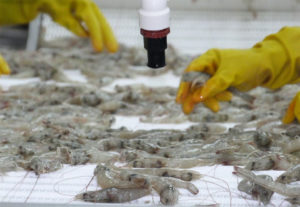
In this second of two parts, the author describes a public-private competitive improvement plan and how technology and new tools improved shrimp production in Ecuador.
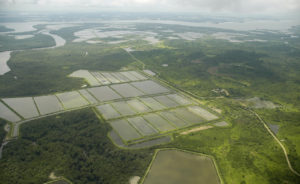
The history of shrimp farming in Ecuador, including technical development, genetic improvement, mangrove reforestation and sanitary barrier implementation.